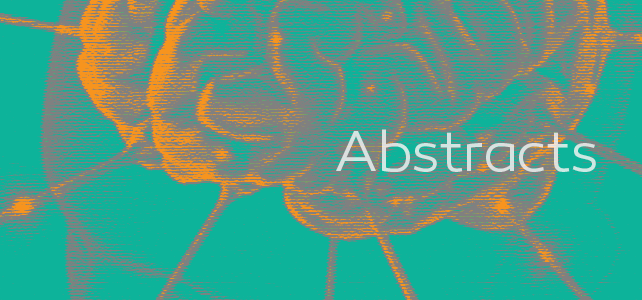The role of impulsivity in psychostimulant- and stress-induced dopamine release: review of human imaging studies.
Abstract
Drug addiction is a debilitating disorder and its pivotal problem is the high relapse rate. To solve this problem, the aim is to prevent people from becoming addicted in the first place. One of the key questions that is still unanswered is why some people become addicted to drugs and others, who take drugs regularly, do not. In recent years extensive research has been done to untangle the many factors involved in this disorder. Here, we review some of the factors that are related to dopamine, i.e., impulsivity and stress (hormones), and aim to integrate this into a neurobiological model. Based on this, we draw two conclusions: 1) in order to understand the transition from recreational drug use to addiction, we need to focus more on these recreational users; and 2) research should be aimed at finding therapies that can restore inhibitory control/frontal functioning and improve stress resiliency in addicts.
Copyright © 2017. Published by Elsevier Ltd.
KEYWORDS:
Amphetamine; Dopamine; Drug addiction; Human; Imaging; Impulsivity; Methylphenidate; Psychostimulants; Stress; cocaine
- PMID:
- 28438467
- DOI:
- 10.1016/j.neubiorev.2017.04.008

